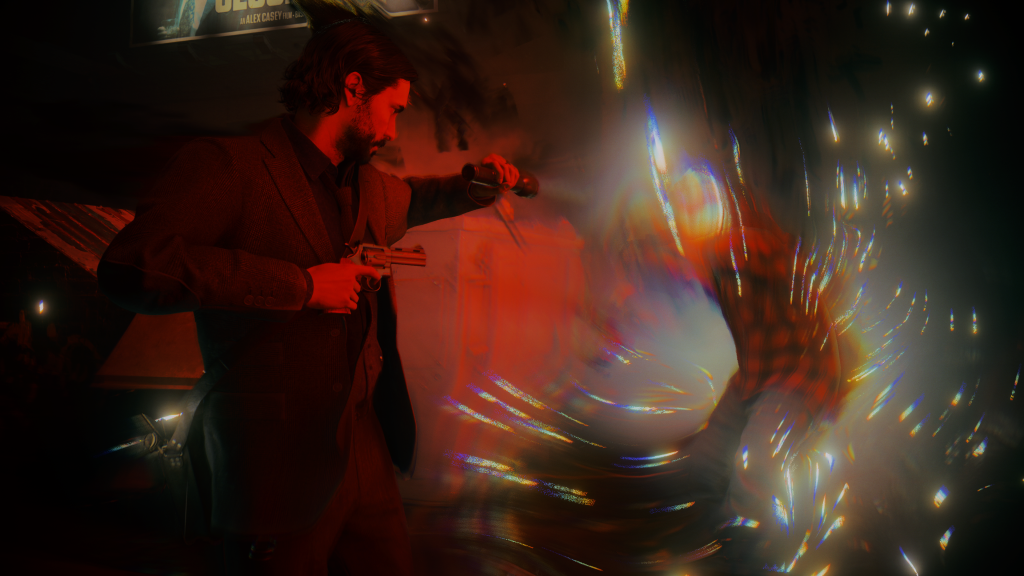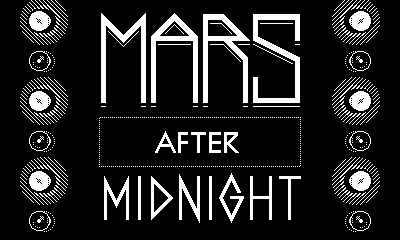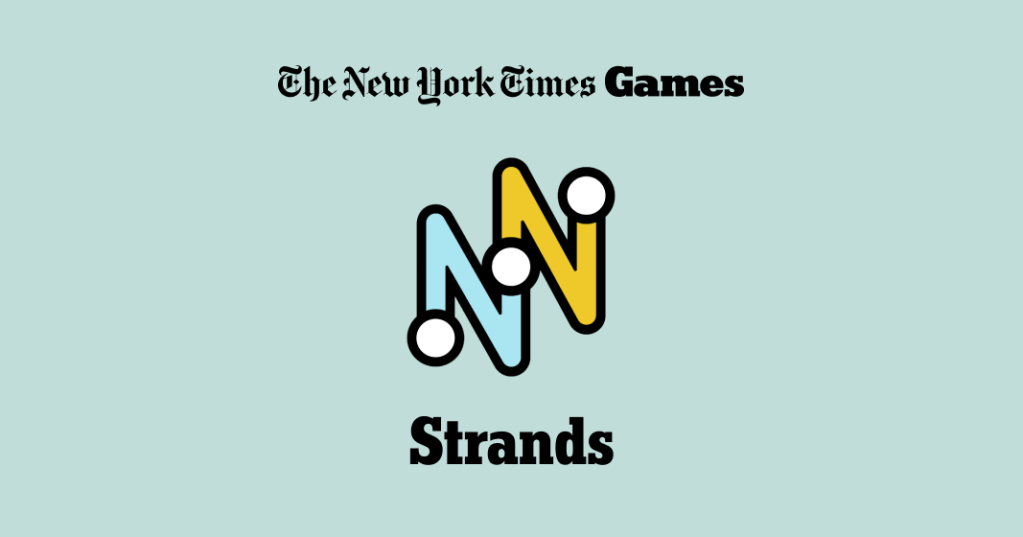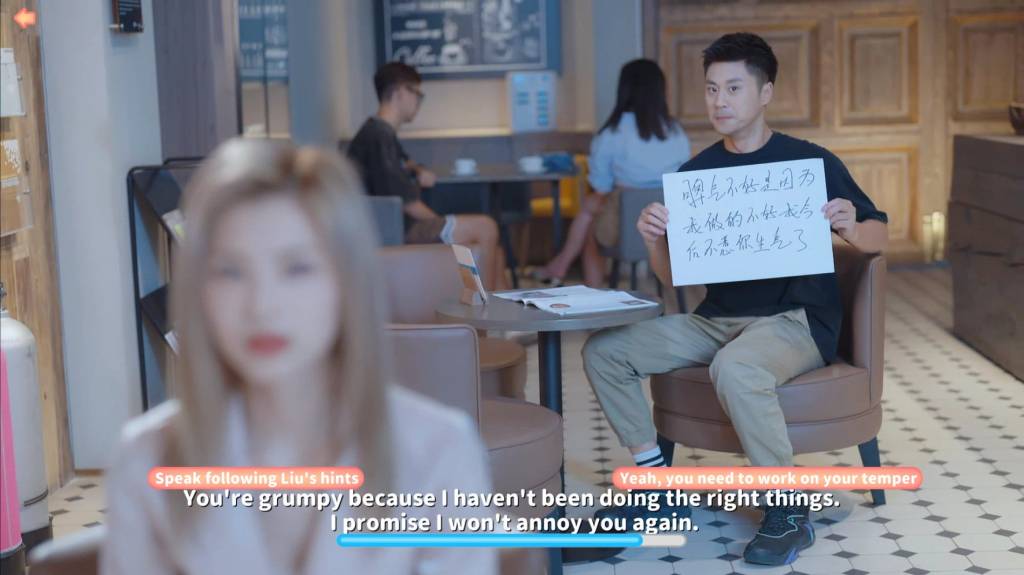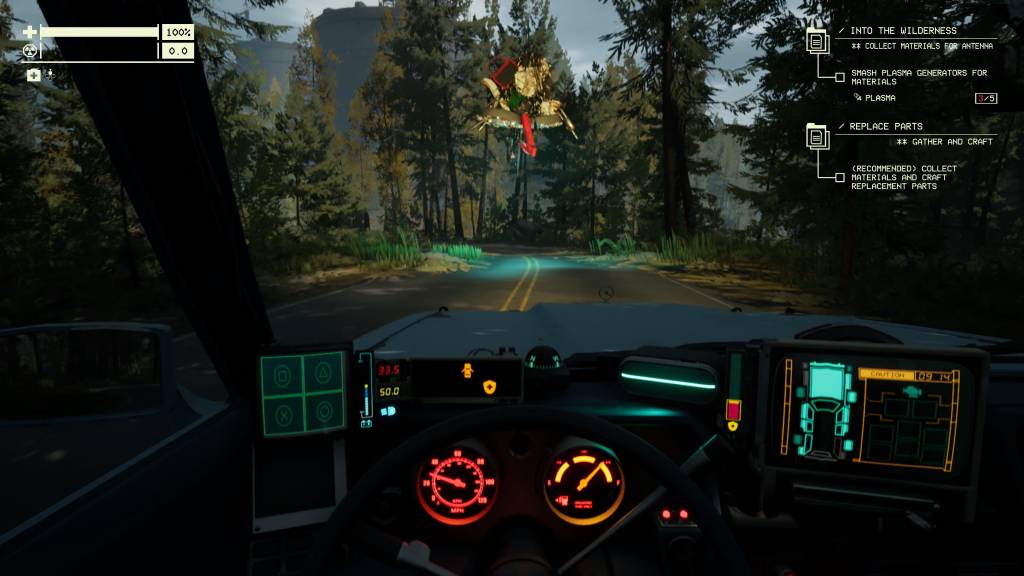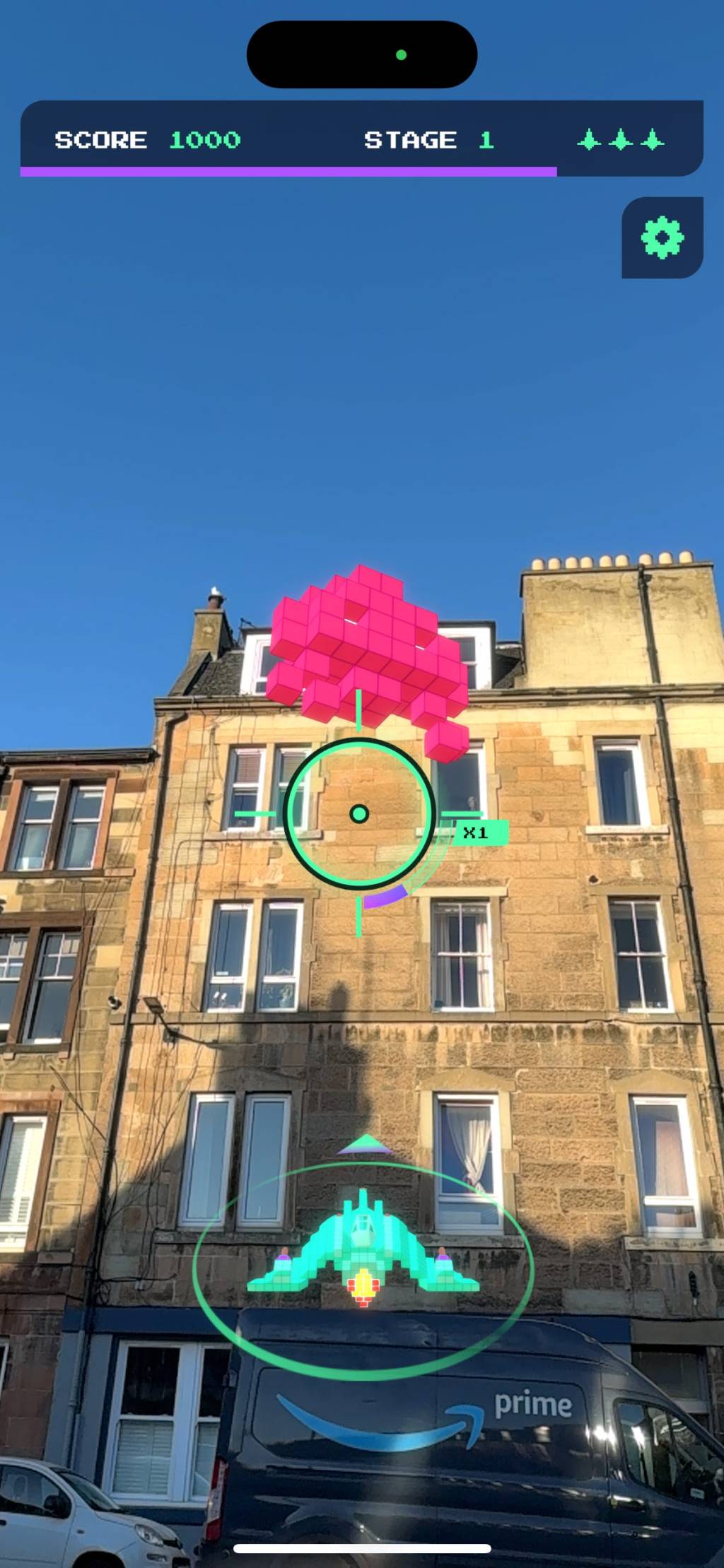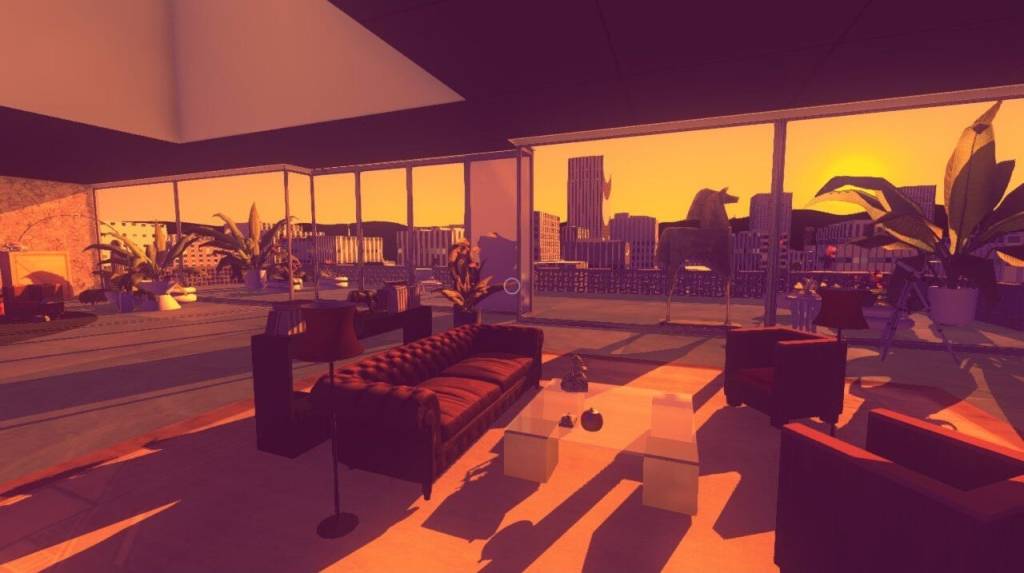-
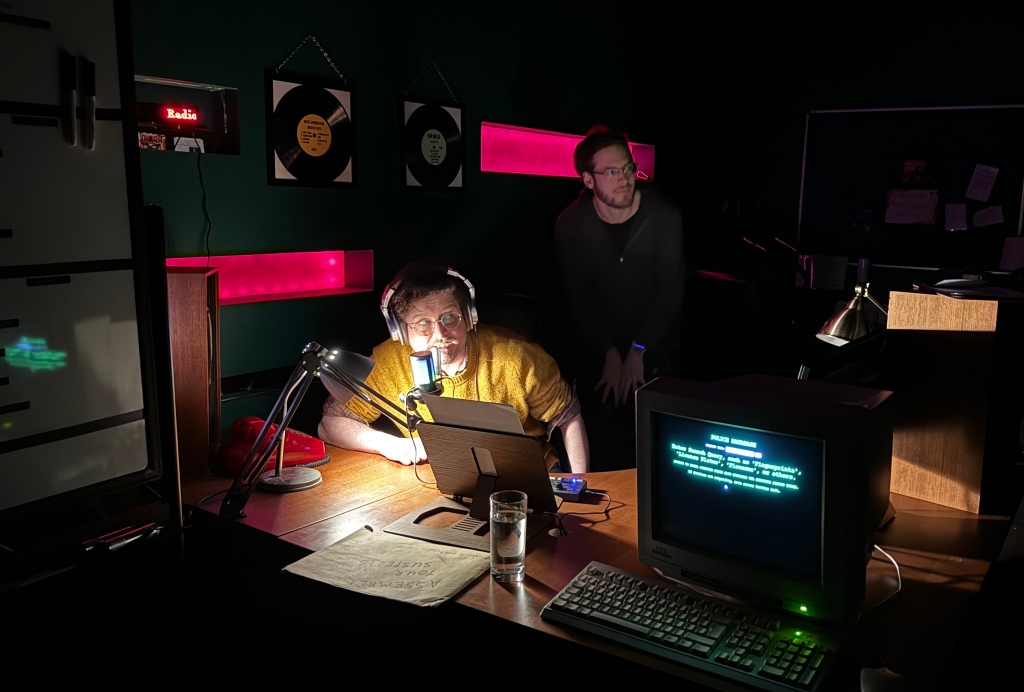
Radio Nowhere
·
10 minutes·
No comments on Radio NowhereA deduction-led escape room inspired by Return of the Obra Dinn.
-
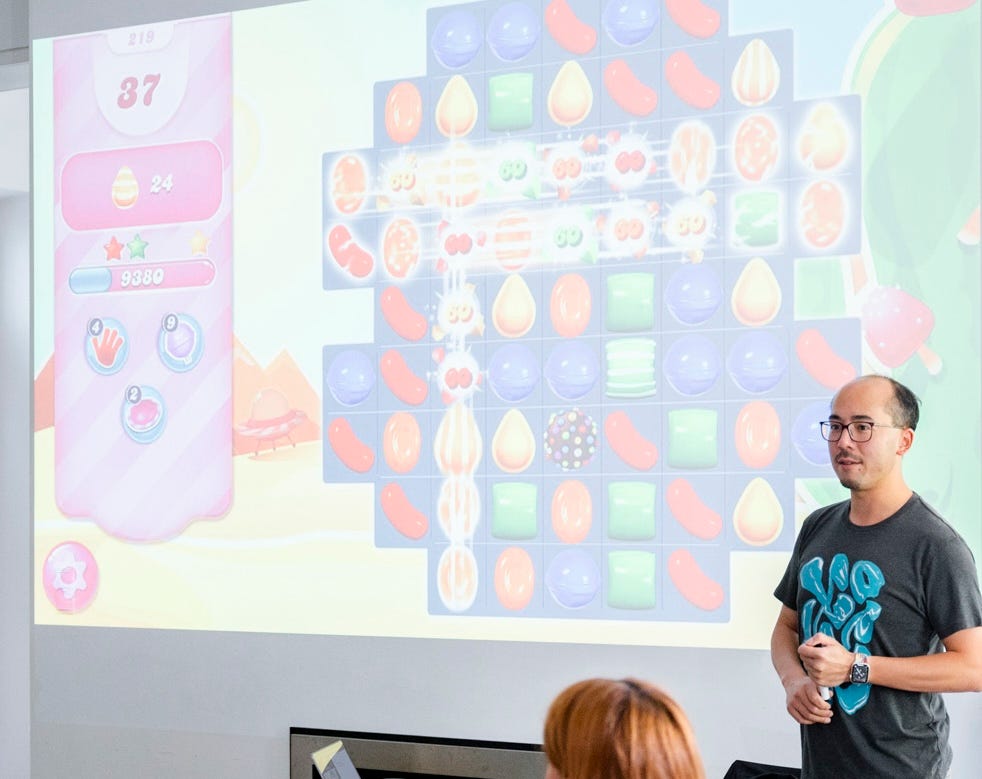
One Year Anniversary Special
Post and subscriber stats revealed, plus what’s next for Have You Played.
-

Dopamine for Me, Addiction for Thee
Dopamine this, dopamine that – everywhere you look, dopamine is the source of all our ills.
-
Subscribe
Subscribed
Already have a WordPress.com account? Log in now.
